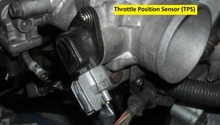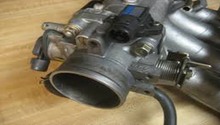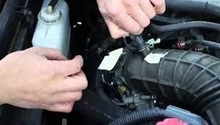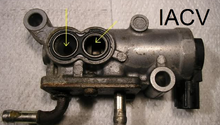Honda Civic: Why Does My Car Jerk When Letting Off and Barely Pressing Gas Pedal?
If you feel a jerk when letting off the gas, the problem can be easy to diagnose. Address the issue before more problems and costs arise. This article will help you to pinpoint and solve the jerking problem of your Honda Civic.
This article applies to the Honda Civic (1992-2000).
This article will discuss the likely reasons why your Honda Civic jerks when you let your foot off the gas pedal. If you feel this jerk when you immediately take your foot off the gas after accelerating (with no feathering) or you barely press the gas enough to begin accelerating, follow the diagnostic steps below. The cause might be as simple as a dirty sensor, or as far gone as an important engine component.
Step 1 – Check for DTC codes
On-Board Diagnostic (OBD-II) scanners connect to a vehicles engine control unit (ECU), and reveal any problems the vehicle may have. The scanner reveals Diagnostic Trouble Codes (DTC), which correspond to a specific problem within the vehicle and its possible location. If you have an OBD-II scanner, connect it to your Civic's ECU, which is located behind the kick panel of the passenger's side foot well. Costs for these scanners start at $20. If you don't own a scanner, most local auto parts stores will scan your car for DTC at no cost.
There are two main codes to look for if your car jerks when letting off the gas pedal:
- P0120: Throttle Position Sensor (TPS) - This sensor disables temporary fuel enrichment on acceleration, which may cause hesitation or stalling.
- P1508 or P1509: Idle Air Control (IAC) Valve - This could mean you have a defective circuit or unplugged/defective sensor.
If your scanner reveals an unrelated code, you should address that as soon as possible. The cost to replace the TPS runs between $20 to $100, and a replacement IAC valve runs between $60 to $170. Follow Steps 2 or 3 to inspect the TPS and IAC valve, respectively.
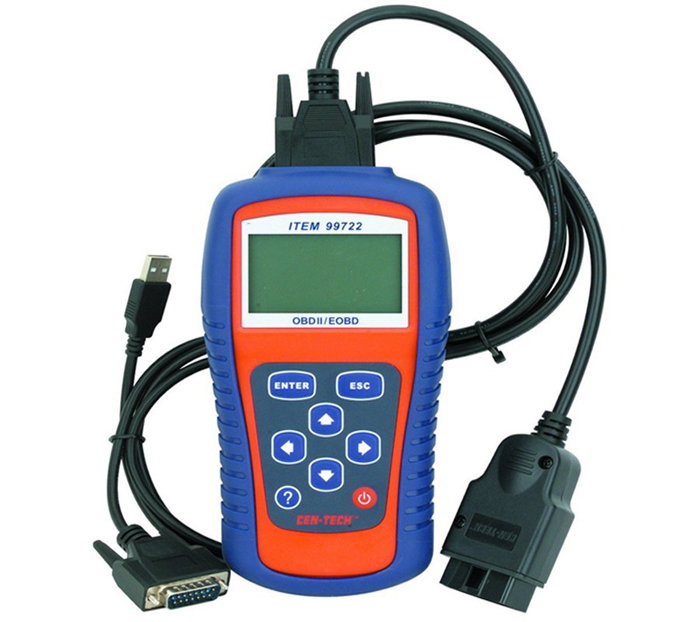
Step 2 – Inspect throttle position sensor (TPS)
First do a visual inspection, and look for any frayed wires or loose connections. If the TPS is disconnected, unplug the sensor, drive the car, and observe if the problem persists. If the problem goes away with the TPS unplugged, either the wiring or the sensor itself is faulty.
Use a multimeter to test the wiring for continuity. Test the middle wire of the sensor (Throttle Position Signal), and look for any dead zones where actuating the throttle body linkage doesn't cause a change in voltage. If you find any dead zones, trace the wire back and check for any breaks. In either of these cases, the TPS will need to be replaced.

Step 3 – Check the idle air control (IAC) valve
You should first clean the IAC valve. To do so, remove it from the back of the intake manifold to the spray it with brake cleaner. Wait until the dirty fluid stops flowing out of the IAC valve, let it air dry, and re-install it. If the problem still persists with a clean IAC valve, you will need to inspect its wiring harness. Look for any frayed or broken wires, and replace it if necessary.
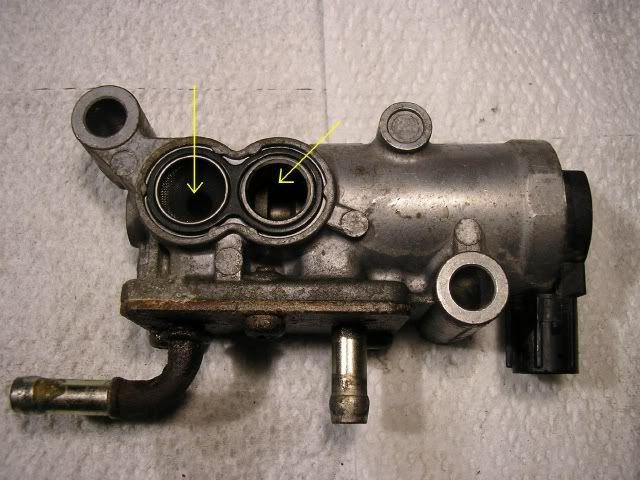
Featured Video: How to Fix and Replace IAC
Step 4 – Inspect the throttle body
First, you should clean the throttle body to make sure it's not the source of the problem. By cleaning up all the carbon buildup, the throttle body will be able to move air more freely, and the butterfly valve will be able to actuate more smoothly. To clean the throttle body, remove it and use brake cleaner with a wire brush to remove all the carbon buildup.
To test if the butterfly valve is actuating smoothly, re-install the throttle body actuate to the throttle linkage by hand. A properly functioning throttle body will move smoothly. If you see any flat spots or sharp movement, you will need to adjust the throttle linkage.

Figure 4. A dirty versus a clean throttle body. 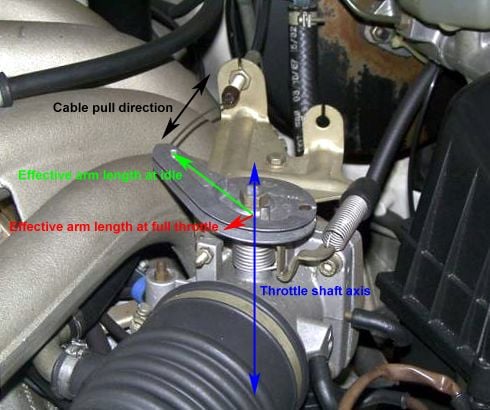
Figure 5. Throttle body linkage
Featured Video: How to Fix Throttle Body
Step 5 – Check the motor mounts
Broken or loose motor mounts can lead to all sorts of erratic vibrations. Lift your Civic onto jack stands, and inspect the motors mounts underneath the engine for cracks, missing nuts, or loose bolts. Some cracks in the motor mount may be hard to see. Insert a piece of paper in between the mounting plate and the frame to check if there is a gap. If so, the motor mount(s) will need to be repaired or replaced. New ones cost anywhere from $50 to $500.
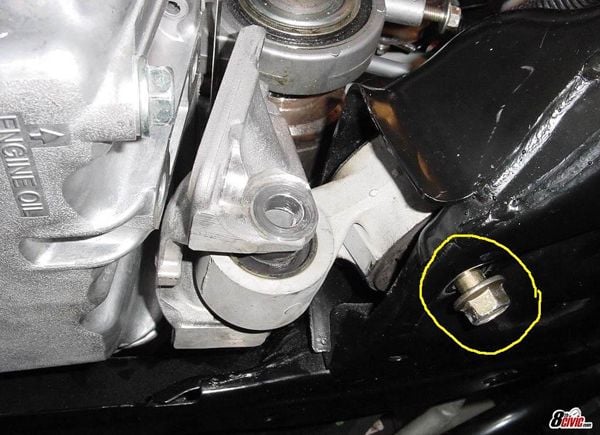
Why Does My Car Jerk When Accelerating and Decelerating?
Related Discussions
- Car Jerks When Pressing Gas Pedal - Honda-Tech.com
- How to Clean Throttle Body and Intake Manifold - Honda-Tech.com
- TPS Wiring and Calibration Thread - Honda-Tech.com
- How to Clean Your Idle Air Control Valve - Honda-Tech.com

